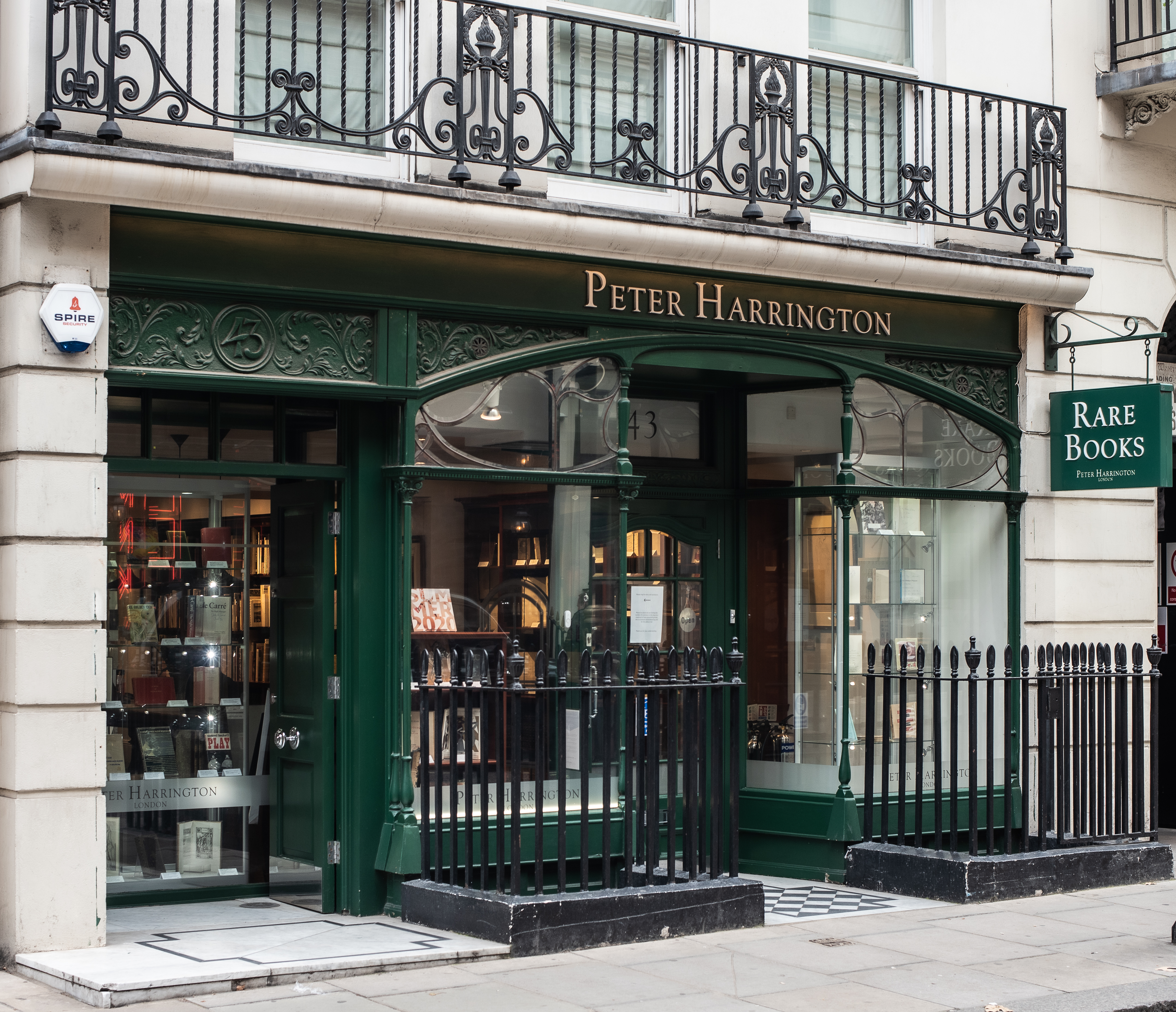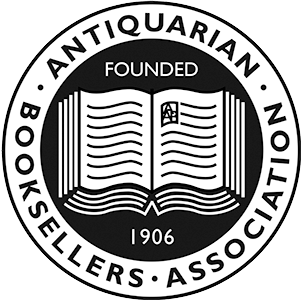Birmingham: printed by G. Baskerville, for P. Molini,, 1773. Paper, printing, drawing, plates - all delight the eye, and gratify the heart First Baskerville edition, octavo issue. One of the most elegantly printed productions by the press, this edition of Ariosto's masterpiece in Italian was instrumental in establishing Baskerville's reputation as a leading typographer in Europe, and is handsomely illustrated with engravings after some of the most celebrated Parisian and London artists of the time. Preceding the private press movement by over a century, John Baskerville (1706-1775) took considerable care in every aspect of the design and production of his books, with the aim of creating a beautiful and accessible text. In the mid-1760s Baskerville began to issue a new series of quarto classical texts under his own imprint, which included the works of Lucretius, Catullus, Terence, Tibullus, Propertius, as well as this important edition of Orlando Furioso. The book was commissioned to Baskerville by the Italian brothers Pietro e Giovanni Claudio Molini, leading continental publishers active in Paris. Sets were also issued in a larger quarto format. The Baskerville Orlando Furioso was considered by Dibdin as the finest edition of Ariosto to his knowledge: "I never see, or even think of, the lovely edition of Baskerville... without the most unmixed satisfaction. Paper, printing, drawing, plates - all delight the eye, and gratify the heart, of the thorough-bred bibliomaniacal Virtuoso. This edition has hardly its equal, and certainly not its superior - in any publication with which I am acquainted" (Dibdin, pp. 758-59). The text was corrected by the publishers from the "errors of language, sense, and orthography, of which all the other editions are full" and embellished with over 40 illustrations. The portrait frontispiece is after a painting by Titian, and the plates were designed by Giovanni Battista Cipriani, Charles Nicolas Cochin, Charles Dominique Joseph Eisen, Jean-Baptiste Greuze, Charles Monnet, and Jean-Michel Moreau the Younger. This copy has an important French provenance, from the distinguished library of Henri Eugène Philippe Louis d'Orléans, Duke of Aumale (1822-1897), with a faint pencil inscription to an initial blank mentioning his name in the first volume and his armorial stamps with initials H.O. and L.O. to the first and final leaf in each volume. The Duke of Aumale was a leader of the Orleanists, appointed Governor-General of Algeria in 1847 after the French conquest, and a noted bibliophile, whose collection of book and manuscripts is still in part preserved in Chantilly. 4 vols, octavo (239 x 145 mm). Engraved portrait frontispiece in vol. I, and 46 plates. With errata and list of subscribers at the end of vol. I, vol. IV bound without Gg4 blank and with A8 and D2 cancels. Contemporary red straight-grain morocco, smooth spines lettered and ruled in gilt, single gilt fillet border to covers and board edges, gilt roll to turn-ins, marbled endpapers, edges gilt, green silk bookmarkers. Armorial bookplate of William Greene Roelker, likely the American lawyer and legislator (1854-1911). Spines uniformly toned, occasional light rubbing to extremities, trivial marks to leather, sporadic faint foxing to margins, light offsetting from plates, otherwise generally clean. A very good, well-margined copy with the plates in clear impression. Cohen & De Ricci 95; Gaskell 48; ESTC T133621. Thomas Frognall Dibdin, The Library Companion, 1825.












